Young Courage vs. White Male Rage
It’s important to acknowledge that Americans place tremendous significance on gun ownership and how this fact intersects with issues of race and gender.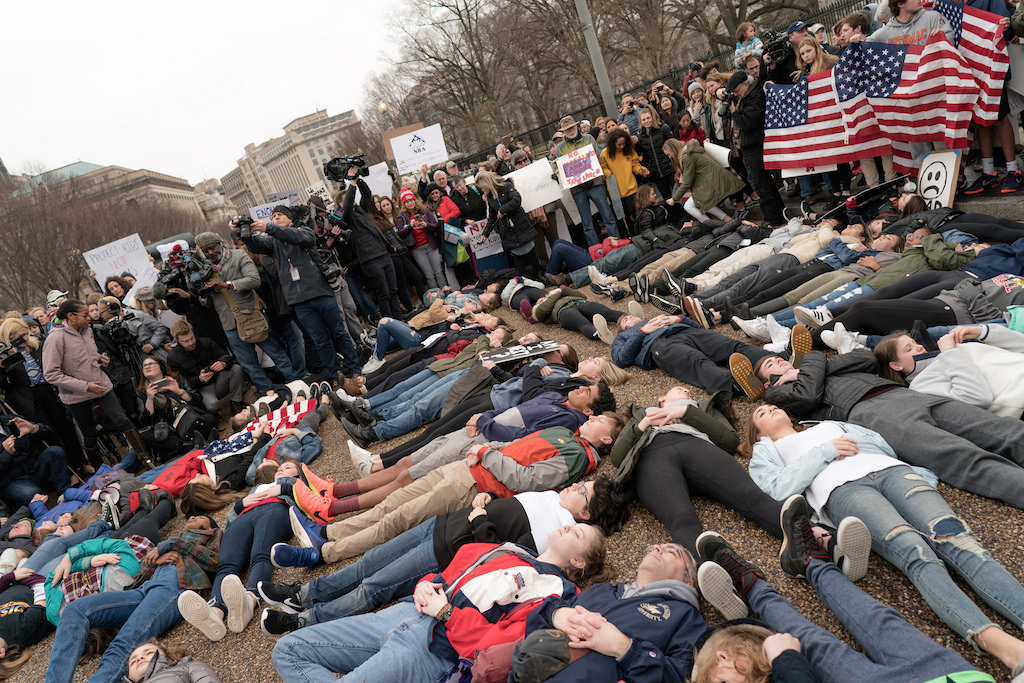 Students participate in a "lie-in" outside the White House this week to protest gun violence. (Lorie Shaull / CC 2.0)
Students participate in a "lie-in" outside the White House this week to protest gun violence. (Lorie Shaull / CC 2.0)
Gun violence in the United States is so routine, and the responses that follow a mass shooting so scripted, that the political response emerging in the wake of the Parkland, Fla., school shooting last week have caught the nation off guard.
It is never easy to predict when a spark will catch fire, when just the right set of circumstances will turn a miscarriage of justice into the birth of a movement. We have all become so used to tiptoeing around the supposedly sacred right of Americans to arm themselves to the teeth that we expect nothing to change in the wake of gun violence, and we rejoice over the most minuscule measures that chip away at the power of the gun industry.
But now the students of Marjory Stoneman Douglas High School are saying it loud and clear: No more guns. They serve as an example to young people all over the nation, inspiring other students to organize walkouts and other actions within days of the Parkland massacre. They are taking aim at the National Rifle Association (NRA), and at the politicians beholden to it.
It is critical that they also see the proliferation of guns as part of the politics of racial resentment and regressive gender politics that President Trump and his party depend on.
Emma González, one of the leaders of this new movement and a survivor of the Marjory Stoneman Douglas High shooting, gave a rousing speech at a vigil for her fellow students in which she excoriated Trump and the NRA while wiping away tears of rage. “To every politician who is taking donations from the NRA, shame on you,” she said, and rightly called attention to the fact that the NRA spent $30 million helping Trump get elected. Certainly one big challenge in tackling gun violence is to expose the well-funded machinations of the NRA in its unending bid to pervert one small section of the U.S. Constitution to reign supreme over our basic human right to safety and security.
González cleverly calculated how little American lives were worth to Trump in terms of his NRA campaign dollars, saying, “divided by the number of gunshot victims in the United States in the one and one-half months in 2018 alone, that comes out to being $5,800. Is that how much these people are worth to you, Trump?” Like others who have taken on the scourge of gun violence, the young activists at the forefront of this new movement clearly identify the NRA’s political campaign contributions as a major threat to our safety.
But there is a larger issue at play: the importance that a significant number of Americans place on gun ownership and how that phenomenon intersects with issues of race and gender. The Pew Research Center found that “White adults are more likely than blacks or Hispanics to own guns, and white men are particularly likely to be gun owners.” Additionally, “Americans with less education also are more likely to be gun owners, a gap that is widest among whites.” Not coincidentally these are Trump’s backers. Exit polls in 2016 found that 72 percent of non-college-educated white men voted for Trump.
The NRA has built a propaganda machine to keep this segment of the population angry and paranoid, churning out provocative memes and video rants that are proliferated via social media. The idea that “good guys with guns” can stop criminals, and other nonsensical myths about guns, may be less than convincing to most of us, but stalwart gun proliferation activists are emotionally invested in such narratives. To them, no number of guns is enough and no one, not even children, should be kept from guns. As an astute article in Jacobin points out, “fear of crime actually predicts support for gun control, while racial resentment is a far better predictor of opposition to gun control.” Gender is also a critical part of the story, as a New York Times op-ed points out: “Girls aren’t pulling the triggers. It’s boys. It’s almost always boys.”
The Florida shooting suspect, Nikolas Cruz, falls firmly within this demographic. CNN reports that Cruz, who was adopted at a young age, was part of an Instagram group in which “[r]acism was a constant theme,” and that “Cruz wrote that he hated, ‘jews, ni**ers, immigrants,’ ” and “talked about killing Mexicans, keeping black people in chains and cutting their necks.” He also may have had trouble interacting with girls, as one report pointed out that he was “taken with a girl at Stoneman Douglas High School ‘to the point of stalking her.’ ”
Many, including the president, explained Cruz’s actions as a symptom of mental illness. Trump’s critics, attempting to expose his hypocrisy, proliferated social media shares of reports that Trump had repealed a regulation passed by President Barack Obama on extra scrutiny for mentally ill gun buyers. But as many have pointed out, the anger and racism that Cruz expressed do not fit into the category of known mental illnesses, and violence from those struggling with mental illness is often aimed at themselves, not others.
We cannot simply fixate on the NRA’s financing of political campaigns or jump to conclusions about mental illness diagnoses whenever there is a gun-related massacre. The Florida shooting is symptomatic of a toxic mix of weapons promotion paired with racial and gender-based resentment and pitched to a segment of the American citizenry from whom the NRA draws power and profit. Those people see the “other”—immigrants, people of color, women, LGBTQ folks—as the enemy against whom the weaponry may be used. Trump’s constant and direct incitement of violence to his well-armed supporters, and his crude and unapologetic bragging about assaulting women, have made actions like Cruz’s not just more likely but almost inevitable. A recent report found that white supremacist homicides doubled last year compared to the year before.
But the political power that the NRA and politicians draw from gun buyers is still confined to a minority of Americans. While a third of Americans admit to owning guns, only 19 percent of owners are NRA members—and are more likely to describe themselves as “very conservative,” according to the Pew Research Center. The NRA and its members, together with the lawmakers they buy off through political contributions, have an outsize impact on American politics. They are adept at keeping this country floating in a sea of guns because they are extremely well organized.
Now the gun-toting right may have met its match in a new generation of youths who are refusing to become cannon fodder at the altar of the Second Amendment (or at least the NRA’s interpretation of it). The survivors of the Parkland massacre wasted no time in getting incredibly organized, working out of their parents’ living rooms to set up a website and mobilize a national march as they deal with their rage at the inaction of politicians and the trauma of surviving the shooting. They showed up in person to face Florida legislators during a vote on a gun control measure, inspired teenagers in Washington, D.C., to stage a “die-in” at the White House, and motivated eloquent editorials against gun violence, like this one on Vox.
The survivors of the Parkland massacre are determined that what happened to them will be the last school shooting. The entire nation hopes they are right. Politicians, who are rightly being lambasted for sending their “thoughts and prayers” in lieu of taking action, ought to take note of this growing movement. The NRA, whose reputation is in such tatters that some are simply calling it a “terrorist organization,” should also be seeing the writing on the wall about the beginning of the end of its power.
Your support matters…Independent journalism is under threat and overshadowed by heavily funded mainstream media.
You can help level the playing field. Become a member.
Your tax-deductible contribution keeps us digging beneath the headlines to give you thought-provoking, investigative reporting and analysis that unearths what's really happening- without compromise.
Give today to support our courageous, independent journalists.
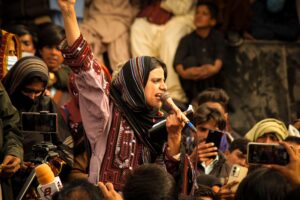
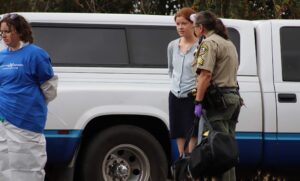

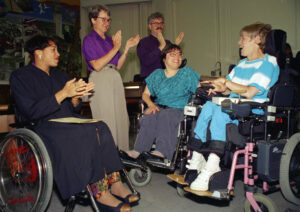
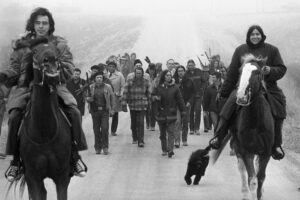

You need to be a supporter to comment.
There are currently no responses to this article.
Be the first to respond.